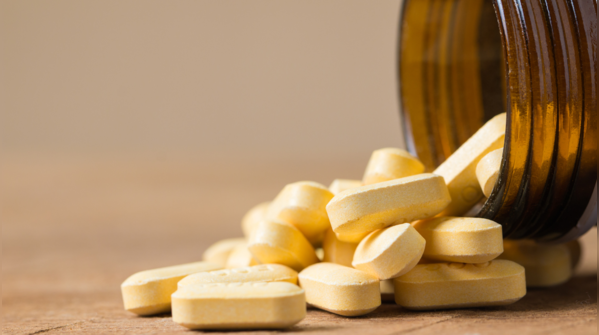- News
- lifestyle
- health-fitness
- health-news
- Every 5th Indians suffers from Vitamin D deficiency: 5 things one should do daily to boost vitamin D levels
Every 5th Indians suffers from Vitamin D deficiency: 5 things one should do daily to boost vitamin D levels

Why is vitamin D important?
India, despite being a tropical country blessed with abundant sunlight, faces a surprising health crisis—Vitamin D deficiency. Recent health surveys and reports, including those referenced by the government and global health organisations, highlight that 1 in every 5 Indians is affected by low Vitamin D levels. This silent deficiency does not just strike the elderly or the malnourished—it impacts individuals across all ages, income brackets, and professions, from urban office-goers and schoolchildren to sportspersons and even those working outdoors.

What is the concern?
What’s more concerning is that Vitamin D is crucial not just for bone health but also for muscle strength, immunity, mental health, and even the body’s ability to absorb calcium. Deficiency can lead to rickets in children, osteoporosis in adults, frequent infections, fatigue, joint pain, and an increased risk of chronic illnesses.

What is the solution?
So, what’s causing this widespread issue in a sun-drenched country? Modern indoor lifestyles, pollution, overuse of sunscreen, and lack of awareness play major roles. But here’s the good news: Daily lifestyle changes can make a huge difference. Below are 5 easy and effective habits that can help naturally boost vitamin D levels.

Soaking in early morning sunlight
The body produces Vitamin D when the skin is exposed to sunlight—specifically UVB rays. But many avoid direct sun exposure due to long work hours indoors or fear of tanning. Just 15 to 30 minutes of sunlight between 7 AM and 10 AM, exposing areas like arms, face, or legs, can support natural Vitamin D production. The key is consistency—making it a daily routine.

Including vitamin D-rich foods in meals
While sunlight is the primary source, diet also plays a small but helpful role. Natural food sources rich in Vitamin D include:
Fatty fish
Egg yolks
Fortified dairy products and plant-based milk
Mushrooms exposed to sunlight
Combining these foods with healthy fats like nuts or olive oil improves absorption, as Vitamin D is fat-soluble.

Balancing indoor and outdoor time
Urban life often means spending hours indoors—in offices, classrooms, or homes. This indoor lifestyle is a hidden trigger for Vitamin D deficiency. Making time for outdoor physical activities, like walking, gardening, or cycling, not only improves overall fitness but also enhances sun exposure—naturally boosting Vitamin D.

Being aware of sunscreen overuse
Sunscreens are essential to protect against harmful UV rays, but excessive use—especially during early morning sun—can block the UVB rays needed for Vitamin D production. Dermatologists recommend going sunscreen-free for a short time during early sunlight exposure and applying protection afterward. It’s about balance, not elimination.

Routine testing and expert guidance
Vitamin D deficiency is missed because its symptoms—fatigue, weakness, body aches—are mistaken for other issues. Regular testing (especially for those in high-risk categories like the elderly, pregnant individuals, or those with low sunlight exposure) can help track levels and guide supplementation if required. It's always best to take supplements only after proper medical advice and blood tests.









